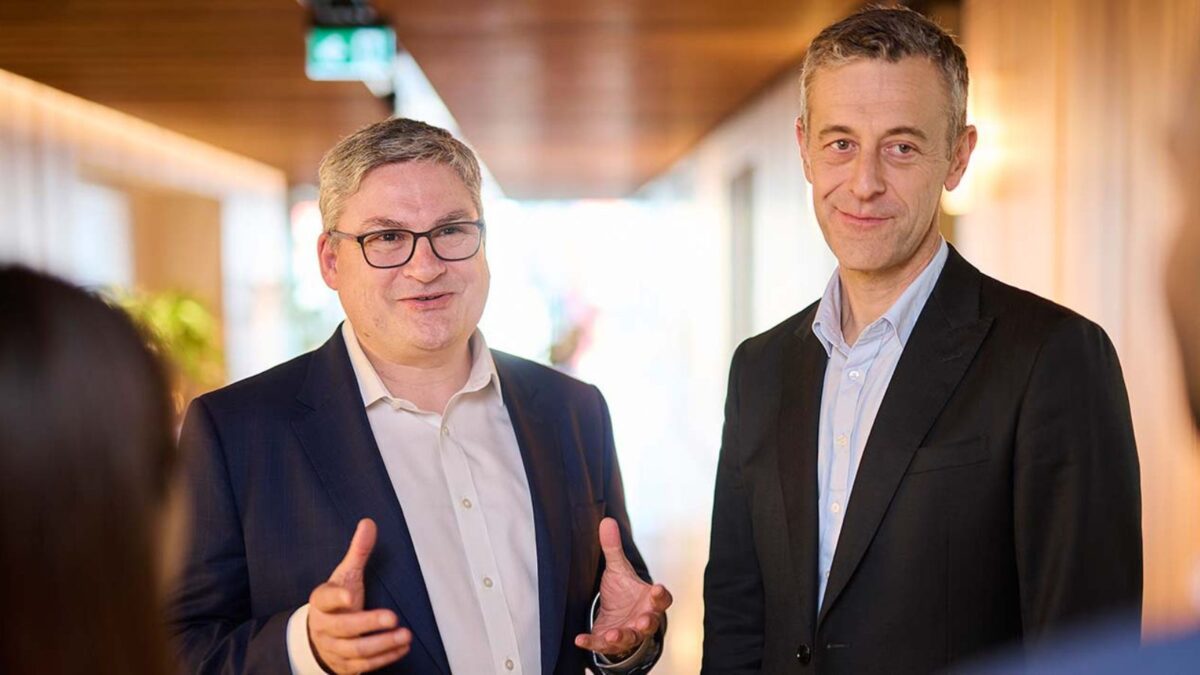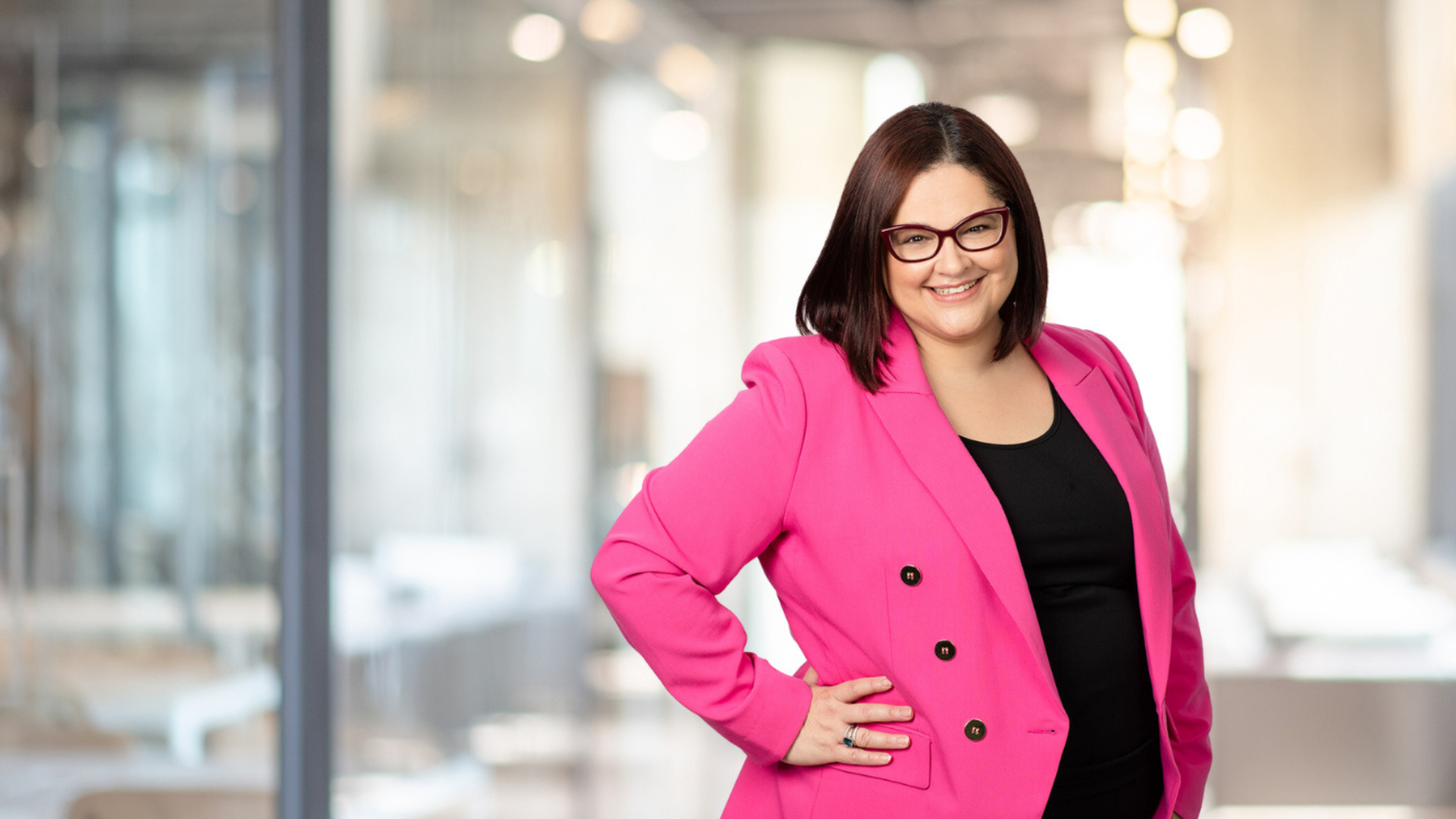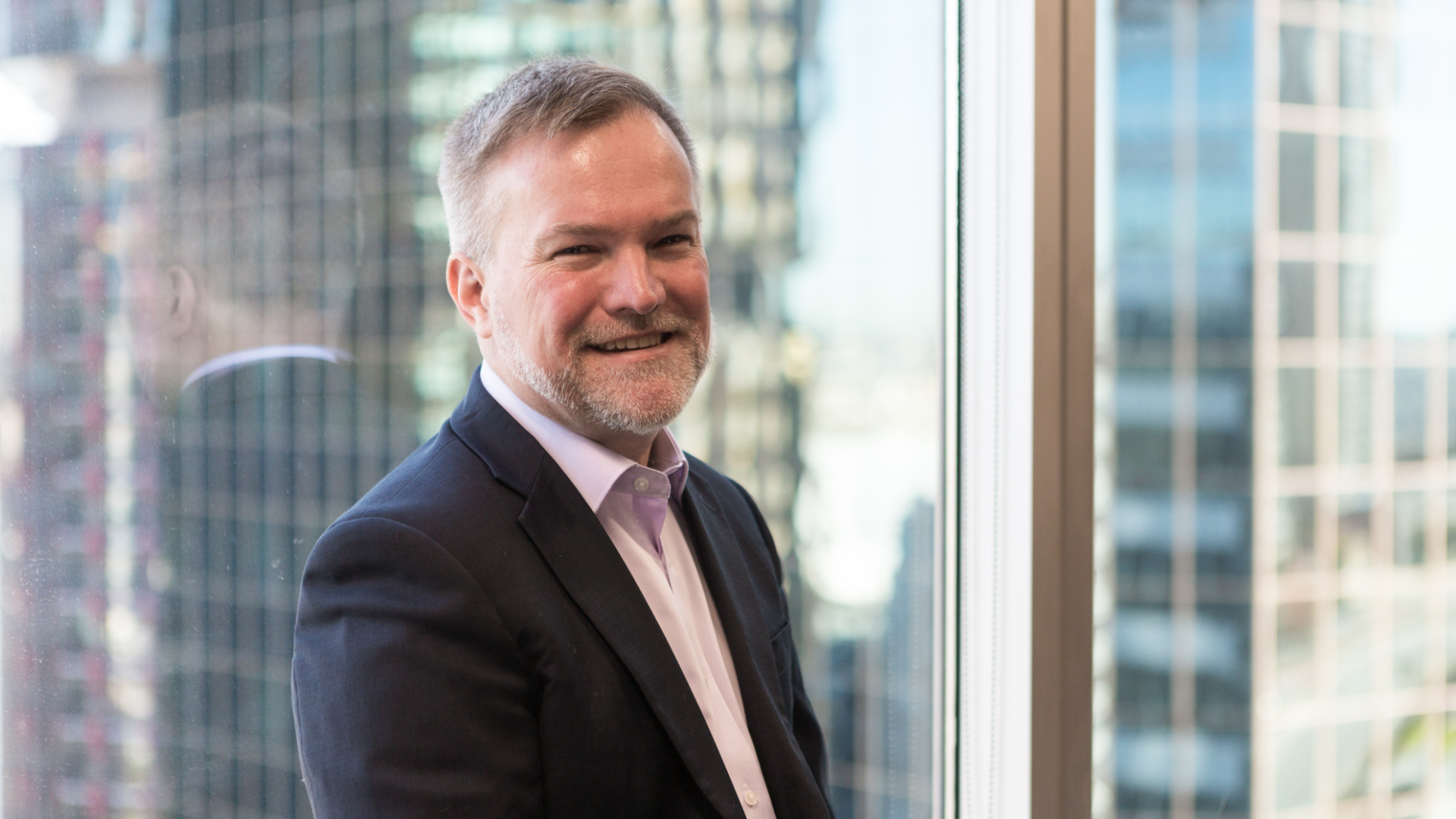More illiquidity ‘can come with a cost’ in Future Fund’s new world
While illiquid assets have always been a mainstay of the Future Fund’s portfolio and comprise about a third of it, they still need to be managed in the knowledge that greater illiquidity could “come with a real cost” to the fund’s ability to be flexible and respond to volatility and market downturns, according to CIO Ben Samild.
And while Samild clearly doesn’t think the illiquidity premium (the sometimes controversial/alleged incremental return that compensates an investor owning an illiquid asset) is mythological, he doesn’t think it’s magical either.
“If you read the academic literature you pick up an illiquidity premium – as if it’s just some magic thing which you add monotonically to a risk premia and you just win it, you earn it by being in a different investment structure, and that’s always seemed a bit dubious to us,” Samild told a Bridgewater Associates podcast. “There is a real cost to the portfolio for holding these assets; now, they can be extraordinarily valuable and there’s often real advantages to being in those structures and you can pick up exposures that you otherwise don’t get.
“It’s not that we don’t think there is an illiquidity premia – it’s just that we’ve got to be very thoughtful about what that is. Why it exists, where it exists, does it change over time, are you getting rewarded for it today, in this structure, given this macro environment, given this policy environment, and then are you getting rewarded well enough for taking on this illiquidity risk in a world where the option value of cash or flexibility, we think, has gone higher?”
That world is one the Future Fund has spent significant time and resources mapping; after 40 years of increasing globalisation and integration, and a single, dominant state calling the shots on the global stage, the Future Fund felt that the “rubber band” had been pulled as far as it was going to be pulled and was soon to snap back in the other direction. What lies in that other direction is strategic and industrial competition, deglobalisation, and more “dirigisme” (interventionist) government.
“We made circa $100 billion worth of changes between 2020 and today… We dramatically shifted our duration exposure, we took more risk, which was hard to do and hard to convince stakeholders of at a time when they’re locked up and everyone’s screaming that the world’s ending,” Samild said. “We put a higher price on our liquidity and flexibility, made opportunistic investments and marginal changes to our sector strategies to prioritise different features within the assets we’re buying and selling – and we think, I mean we know that all of that led to better performance.”
All of that has been helped – and necessitated – by its total portfolio approach (TPA), which focuses on factors and exposures that are most important for the fund’s risk/return profile rather than traditional strategic asset allocation. From its inception, the idea was that it would attempt to achieve its CPI + 4.5 per cent target “the best way it possibly could, with the best portfolio it could”, and in the knowledge that portfolio might look very different tomorrow.
“Our objective is quite a difficult one, and a fairly aggressive one, and the normal way to get there would be to have a portfolio very heavily concentrated in equities,” Samild said. “If you were going into this thing blind, you’d probably have 100 per cent equities. We decided we can get there in a more resilient way by doing things a little differently – having a more diversified portfolio, making lots of active choices and trying to gain excess returns at lower volatility, which provides a more consistent way to get to our objective.”
Which doesn’t mean it’s always smooth sailing.
“I used to run the hedge fund portfolio here and for some years I had to stand in front of all my peers – 100 people, sometimes more – and proudly tell them that this thing that just gave you a three per cent return this year while equities did 25 is an outcome you should be thrilled about And yeah, it was really quite expensive to get that three per cent. And if that persists – 2017, 2018 – that becomes quite difficult, right?
“And what I’m ultimately saying is that, given where cash rates are and volatility and equity prices are, you should probably be giving more capital over here. And so if they just said ‘You’re costing me my bonus mate – how dare you?’, if that was the attitude you couldn’t run this kind of portfolio.”
By going beyond the neatness of the SAA model, TPA can also add more complexity to an asset owner, with a recent Thinking Ahead Institute report finding that TPA comes with heavy governance demands – or, in the Future Fund’s experience, a lot more meetings.
“It’s definitely a scheduling nightmare,” Samild said. “You might say that the biggest marker of a total portfolio approach is just the number of meetings and conversations you have to have to get to the assessment of the marginal impact of every investment decision you’re trying to make – and that’s only half-joking.”











